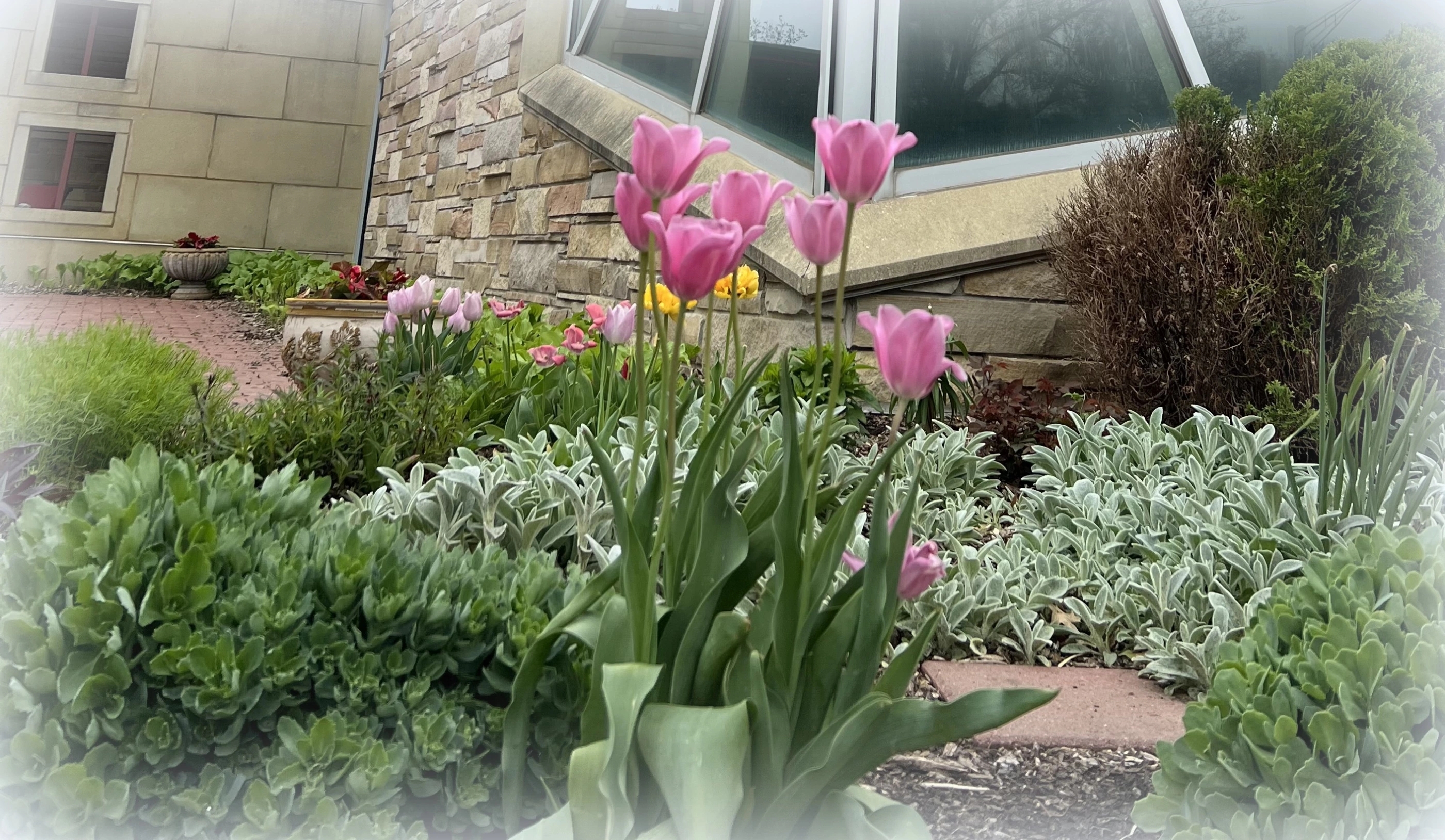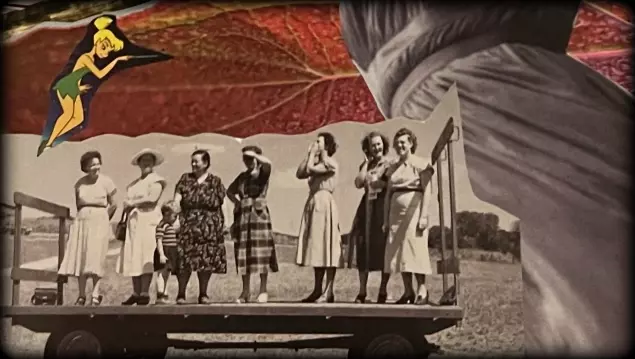“The artist Rembrandt was born on this day in 1606. When the soul is heavy and the work seems futile, a visit to an art museum––where art and beauty run rampant and meetings, proposals, finances, and debates have no place––revives the heart and makes it soft. Then going on seems possible; then life has vision again; then going on seems necessary.” ––from A Monastery Almanac, by Joan Chittister

Lectio Divina:
Insights one can gain by practicing Lectio Divina with Luke 15: 1-3, 11-32—The Parable of the Lost Son or Visio Divina by spending time with Rembrandt’s famous painting are manifold.
“Although we may feel we know this story well, it is a different experience altogether, revealing layers of meaning, to read and reflect on the parable of the prodigal son in the spirit of Lectio Divina. In our oblate meetings, we read the Scripture out loud, followed by a time of silence to contemplate, consider, and reflect on what we have heard. We are invited to share a word or phrase that speaks to us after a time of silence.” We look at this parable through the eyes of the son who stays, the son who leaves, and the father. Read more at A Conversion Story: Filled with Compassion.
Visio Divina~SoulCollage®:
Consider creating your own image after practicing Lectio Divina. Let one word, phrase, or idea rest in your heart. Gather images that resonate with you and create a personalized image or collage. For me, “I let the word, idea, and images of mercy flow over me and into the creation. The process of creating was prayerful, inspired, and joyful.” The card and words that follow are the results:

A gesture, an embrace, a tender gaze
Lays bare every vein, wrinkle, pore, and blade.
In the Light, transparent and humbled,
We are seen, truly seen.
Despite our failures and flights,
Doors of mercy open to
Eternal love made visible.
For more on this creative practice and the inspiration for this card see Always, We Begin Again.
Visio Divina:
Spend time with the Prodigal Son by Rembrandt or select a work of art that draws you in. Relax and come to quiet before it. Listen with the “ear of your heart” as St. Benedict instructs to consider what the art is saying to you. More guidance for Visio Divina from St. Benedict Center HERE.
“As soon as I recognized the difference between the two hands of the father, a new world of meaning opened up for me. The Father is not simply a great patriarch. He is mother as well as father. He touches the son with a masculine hand and a feminine hand. He holds, and she caresses. He confirms and she consoles. He is, indeed God, in who both manhood and womanhood, fatherhood and motherhood, are fully present.” -Henri Nouwen, The Return of the Prodigal
There is food for the soul in practicing Lectio or Visio Divina as well as your own creative practices. It is in the silence and contemplation that God can speak to you.

Further Reading:
The Return of the Prodigal Son: A Story of Homecoming
What is the meaning of The Prodigal Son?




July 17, 2020 at 4:05 pm
A lovely post. One of my favourite paintings and parables. Your creative response was moving. Thank you for sharing, Michael
LikeLiked by 1 person
July 18, 2020 at 11:44 pm
Thank you!!
LikeLike